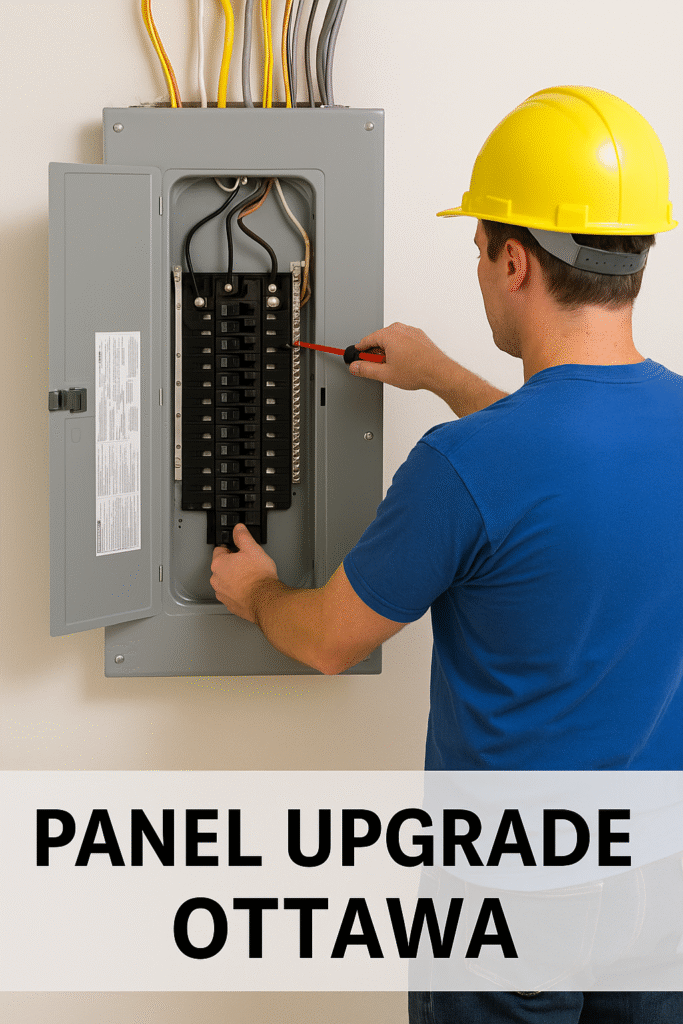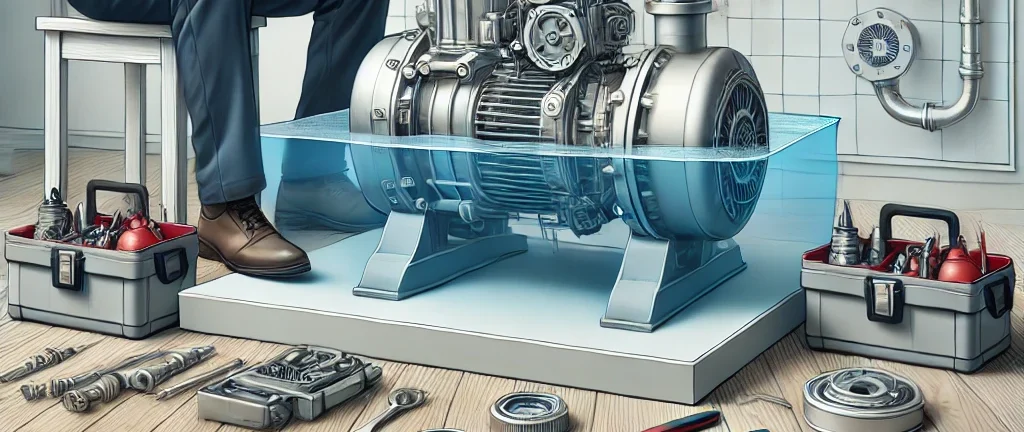Roof Repair 101: How to Identify Problems Before They Escalate

Your roof is a vital part of your home. It protects you from the elements and plays a key role in your home’s overall integrity. Regular maintenance and timely repairs can prevent small issues from becoming major headaches. In this article, we’ll explore how to identify potential roof problems early, helping you save time and money.
Common Roof Issues to Look For
Several problems can affect your roof. Understanding these can help you spot issues early:
Leaks
Roof leaks are among the most common issues. They can occur due to damaged shingles or improper flashing. If you notice water stains on your ceiling or walls, it’s a clear sign of a leak. Inspect your roof regularly, especially after heavy rain or snow.
Missing or Damaged Shingles
Shingles can curl, crack, or even blow off during strong winds. Check your roof for any missing or damaged shingles. These can expose your roof to water damage and other problems. Replacing them quickly can prevent further issues.
Pooled Water
Flat roofs are particularly prone to water pooling. This can lead to leaks and structural damage. Ensure your roof has proper drainage to avoid water accumulation. If you see standing water, take action to resolve it.
Signs of Roof Deterioration
Keep an eye out for other signs of deterioration:
Moss and Algae Growth
Moss and algae can trap moisture against your roof, leading to decay. If you see green patches, it’s essential to remove them. A simple cleaning can often restore your roof’s integrity.
Granule Loss
As asphalt shingles age, they lose granules. This can be evident in your gutters or at the base of your downspouts. If you notice an unusual amount of granules, it could indicate that your shingles are nearing the end of their life span.
Regular Inspections Are Key
Conducting regular roof inspections can help you catch problems early. Aim for at least two inspections per year. Check for the following:
Check the Flashing
Flashing is essential for directing water away from joints and seams. Inspect these areas for cracks or gaps. Properly sealed flashing can prevent leaks and water damage.
Look for Signs of Wear and Tear
Examine your roof for signs of aging. Look for cracks, warping, or discoloration. These can be indicators that your roof needs attention.
When to Call a Professional
While DIY inspections are useful, some situations require a professional. Here are some instances when you should call an expert:
Extensive Damage
If you notice significant damage, such as large leaks or structural issues, contact a roofing professional. They have the expertise to assess the situation and recommend the best course of action.
Uncomfortable Working at Heights
Safety should always come first. If you’re uncomfortable climbing on your roof, it’s best to hire someone who is trained. Professionals have the right equipment and experience to handle roof repairs safely.
Maintaining Your Roof
Regular maintenance is essential to prolonging the life of your roof. Here are a few tips:
Keep Gutters Clean
Clogged gutters can lead to water backing up onto your roof. Clean your gutters regularly to ensure proper drainage.
Trim Overhanging Branches
Branches that touch your roof can scrape the surface and damage shingles. Trim back any overhanging branches to protect your roof.
Apply Roof Sealant
Consider applying a roof sealant for extra protection. This can help prevent leaks and prolong your roof’s lifespan.
By being proactive and addressing issues early, you can maintain your roof effectively. Regular inspections and prompt repairs can save you from costly future repairs. For professional help, remember to check out GillespieHandyman.

